History
Community Tradition of Philanthropy
to Ensure Open Spaces.
Parkland's Timeline
2000 BC
The Matinecock Native American tribe first settled the area surrounding Little Neck Bay, now know as Bayside. The Matinecock's tribal name means ''land of the hilly ground.'
1637
Dutch farmers, encouraged by the West India Trading Company, began to push the Matinecock Native American people out of the area, further into Long Island.
1860s
Mary and Joseph Crocheron purchased the hotel Crocheron House in Bayside. Its views of Little Neck Bay, offered an appealing social meeting ground for influential New Yorkers during the Gilded Age.
1875
Legendarily corrupt Mayor Boss Tweed spent his last night in New York City at Crocheron House Hotel. A resident of North Eastern Queens, Tweed attempted his escaped during a home visit, going to Crocheron House before fleeing and being caught by the law enforcement. The Park’s 150-year-old ginkgo tree witnessed the escape, and it is over 82-foot-tall tree, with a trunk over 34 inches thick.
1877
"Tony" Miller becomes caretaker of the Crocheron House, he still continues the Crocheron tradition of baked clams.
1899
Crocheron House and the estate is again sold to William M. Thomas.
1907
After changing hands a number of times, Crocheron House burns down. The people in the community begin to use the area and its surroundings even more. Some even build homes on the land and along the bay.
1920
John Golden, a well known Broadway producer, composer, and playwright, purchases a 17 acre estate in Bayside from actress Pearl White. The estate was at the east end of the park, with a mansion overlooking Little Neck Bay. John Golden and his wife Margaret welcomed the community to play and enjoy his yard, from egg hunts, to creating a baseball diamond, the community was allowed to enjoy the open spaces. Golden's community spirit led him to be known as “Mr. Bayside.”
1924
City of New York purchases the land once belonging to the Crocheron estate.
1936
After years of construction, much if not all of it using New Deal Money, Crocheron Park officially opened to the public. The grounds featured open green spaces for picnics, various walking paths, and a variety of specimen trees.
1955
John Golden passes away, bequeathing his estate to the City of New York as a park:
“For the use and enjoyment by the young people of the community of all races and creeds in a manner similar to that in which I made this property available for recreation and community acts during my lifetime.” The park is opened the next year, but is not dedicated until 1965.
1965
John Golden Park is dedicated on October 18, 1965, Robert Moses is among those at the dedication. This dedication included renovations made by the City’s Parks Department. The City installed the tennis courts, parking lot, and partook in beautification effort along the winding paths connecting the John Golden Park with Crocheron Park. Golden Pond, at the North Eastern end of Crocheron Park is also named in his honor.
1999
The Playground at the Western end of Crocheron Park was renovated and renamed in honor of the humble Bayside resident, community advocate, and politician James “Buz” O’Rourke.
Special thanks to: Bayside Historical Society for collecting and preserving the history of our community!
Menu
Contact Us:
friendsofcrocheron@gmail.com
Friends of Crocheron & John Golden Park
PO Box 610300
Bayside, NY 11361
Premier Sponsor

In collaboration with:

Friends of Crocheron & John Golden Park is fiscally sponsored by FJC, a 501c3 public charity. As such, all donations are tax deductible to the extent allowed by law.
©2024 by Jessica Burke
All photographs are owned by NYC Parks and/or Daniel Avila, unless otherwise noted.

